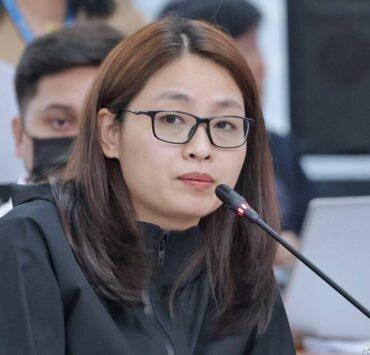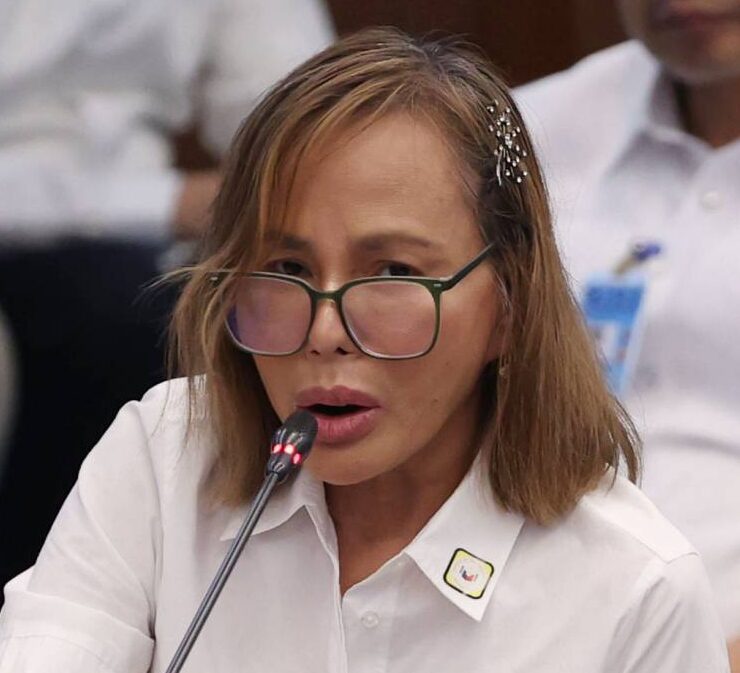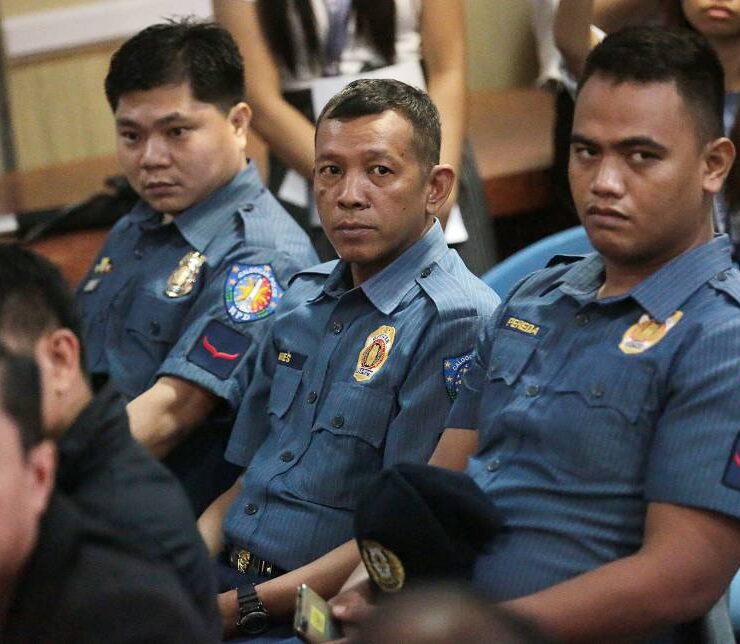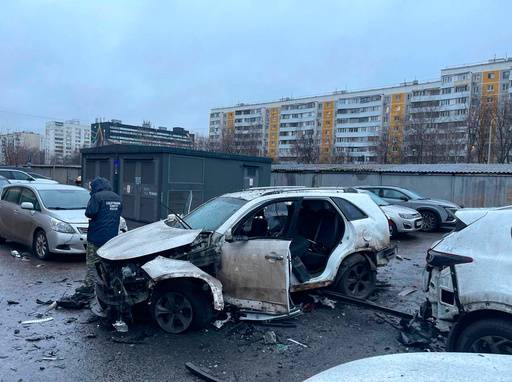SPECIAL REPORT: A look into Metro’s disrupted flood control program
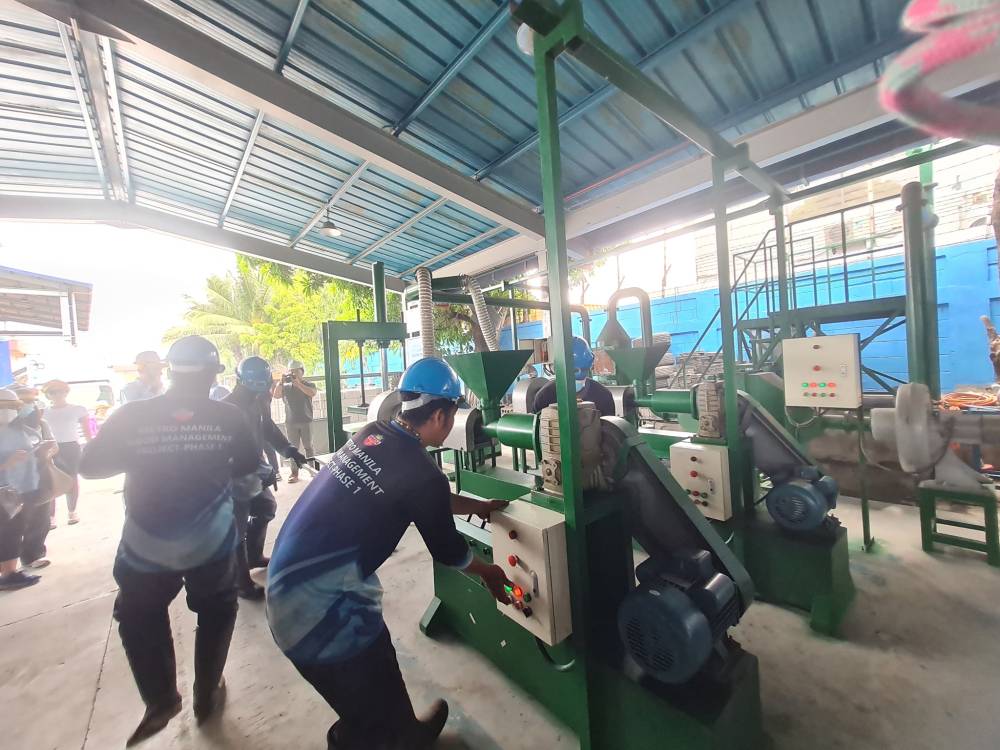
(First of two parts)
There are 16 steps on the staircase that leads to the second floor of Trisha Dela Cruz’s home in dense, low-lying Barangay Tatalon 1 in Quezon City. She knows this by heart because, in September 2009, floodwaters spawned by Tropical Storm “Ondoy” rose to nearly the top of the stairs, before slowly subsiding at the 14th step.
Dela Cruz, now a 24-year-old medical technologist, recalls that no other weather disturbance since then literally came close to that level—until Typhoon “Carina” on July 24. At the early hour of 6 a.m. that day, floods from Carina’s nonstop downpour started flowing into their house and, within about four hours, submerged the entire ground floor.
She and her entire family were actually up to their necks trying to save what they could: photo albums, their pet parrots, the TV, and a pile of review books for her then upcoming board exam.
It was futile. Dela Cruz found herself again watching in trepidation the staircase. During Ondoy’s onslaught, all but two steps had been underwater.
“It was the same with Carina, only faster,” she said.
Project still in 1st phase
Dela Cruz’s village is notoriously flood-prone because Tatalon 1 sits along the San Juan River that runs through the cities of San Juan, Manila, Quezon and Mandaluyong. Government plans to build at least four new pumping stations along the river by 2024 would have helped pump floodwater into Manila Bay, but these have yet to be constructed.
The government’s failure to build the pumping stations is among the reasons being cited as to why a 520-hectare area of the metropolis was submerged in floodwaters for almost 24 hours that day.
The yet-to-be-built pumping stations are part of Phase 1 of the Metro Manila Flood Management Project (MMFMP) under the broader Metro Manila Flood Management Master Plan, which the government approved in 2012 yet, three years after Ondoy.
Funding was secured only in 2017 and completion targeted at last for this year.
But after seven years, not one of the 20 planned new pumping stations has been built and only four of the 36 existing ones have finished rehabilitation.
Commitment fee
Underfunding and procurement challenges led to the delays, which have resulted in both economic and social costs.
Funded by the World Bank and China-based Asian Infrastructure Investment Bank (AIIB), which contributed $207.6 million each (plus an additional $84.79 million in government equity),
the project loan agreement includes a 0.25 percent annual commitment fee on the unused portion of the loan.
As of 2023, state auditors reported that the government has already paid at least P27 million in those fees.
Manila Rep. Rolando Valeriano, chair of the House committee on Metro Manila development, told the Inquirer he plans to convene the panel soon to hasten the project’s implementation.
Much of the project has been “all paper and talk and there has been no actual construction in the project site,” he lamented.
As the climate crisis intensifies, these setbacks continue to leave communities vulnerable to calamity, said disaster anthropologist Pamela Cahilig. With Carina’s destruction reminiscent of that of Ondoy, she emphasized the urgent need for “better long-term disaster preparedness and mitigation measures.”
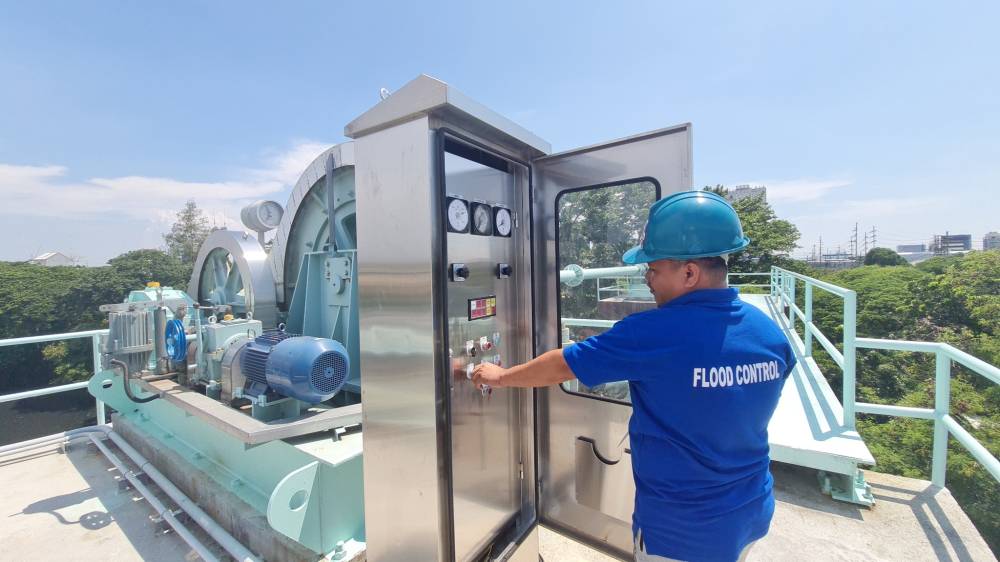
Challenges
The MMFMP1 has three phases: modernizing and constructing pumping stations, improving drainage infrastructure, and strengthening solid waste management. The DPWH is in charge of building and rehabilitating the pumping stations and the drainages, before turning them over to the MMDA for maintenance and operation. The MMDA is also in charge of solid waste management.
Believe it or not, about 13,100 hectares of Metro Manila’s low-lying areas are mostly protected by these pumping stations located near rivers, which hold excess water from populated areas and pump it away to larger basins like the Manila Bay or Laguna de Bay.
MMDA’s flood-control director Baltazar Melgar said the project is aimed at addressing critical flaws in the flood management systems. Many of the current pumping stations and drainage systems were built in the 1970s and are not capable of handling freak weather like Ondoy, considered by meteorologists as a once-in-a-hundred-years flood.
Phase 1, which covers the rehabilitation of 36 pumping stations and building of 20 new pumping stations, is supposed to be finished by November this year, according to the loan contract signed by the Department of Finance, WB and AIIB in December 2017.
Once completed, it is supposed to alleviate flooding across 4,900 hectares affecting 1.7 million people in the metropolis.
Of the proposed 20 new pumping stations, four (Roxas I and II, Tatalon, and Dona Imelda along the San Juan River) were bid out only in April this year, according to procurement documents obtained by the Inquirer.
The 16—majority of which were supposed to be built in Quezon City—were discontinued under Phase 1 due to right-of-way (ROW) issues, said Lydia Aguilar, the project engineer.
Meanwhile, only the Balutan, Vitas, Labasan, and Paco pumping stations out of the targeted 36 were fully rehabilitated as of August 2024, according to the DPWH and MMDA’s progress reports of the DPWH and MMDA.
Thirteen more are undergoing rehabilitation, and six are still in the project awarding stage as of July this year.
Aguilar said it was “one challenge after another” getting the project done.
The biggest problem, it seemed, was that the project was perennially underfunded by the government, Public Works Undersecretary Emil Sadain said.
Funding shortfalls
Because the MMFMP1 is a foreign-assisted project (FAP), the government must also allocate a budget for it, especially for the components not covered by the foreign loan, such as procurement of right-of-way.
But an analysis of the budget requests and releases for the MMFMP1 showed that since 2021, Congress has
been allocating only a fraction of the DPWH’s requested budget. These funding shortfalls, Sadain said, “represent an uncertainty in implementation.”
To compensate for these shortfalls, the DPWH has sought increased budgets each year. But in 2024, it received zero funding for FAPs, including the MMFMP1.
This forced the DPWH to rely on unprogrammed appropriations, which often experience disbursement delays.
“Because of the limitations of funds, there would really be delays. In fact, we’ve been lobbying a lot with Congress and even with the Office of the President that the foreign-assisted projects be given sufficient funding…Otherwise, the project would keep extending all the way until the next administration,” Sadain said.
“We’ve been trying to convince Congress not to do a repeat of the zero budget…They have to recognize that the flagship projects of the President should get top priority in funding,” he added.
Loan restructuring
Aguilar said the project team also struggled to adapt to the WB’s rigorous procurement guidelines.
This was compounded by the COVID-19 pandemic, which hindered the project’s progress in 2020 and 2021 due to limited manpower and the need for physical site visits.
The MMFMP1 also operates under what the WB calls programmatic approach, which means that feasibility studies and assessments per project are done simultaneously with, and not before, implementation.
This was why the DPWH and the MMDA identified 20 sites for the new stations without first knowing there would be ROW issues, Aguilar said.
Given the limited timeline and the protracted process of procuring ROW, Sadain said the team decided to pursue instead the 16 dropped pumping station sites under Phase 2 of the project.
Georges Comair, WB senior water specialist, confirmed that the Philippine government had negotiated a restructuring of the MMFMP1 to change its scope and accommodate a “cancellation of some loan amount related to the reduction in scope.”
“Consequently, the total cost has changed and will be reduced, and the project implementation period has also been extended by two years from Nov. 30, 2024, to Nov. 30, 2026,” he said.
While Comair did not say how much the loan would be reduced, a separate progress report by the AIIB showed that the government requested a partial loan cancellation of $45 million.
The restructuring request, Aguilar said, was signed on Aug. 5 by the Department of Finance and since endorsed to the funders.
She added that they had asked the banks to retain a significant portion of the loan amount allotted for the new pumping stations, even though 16 of them have been canceled.
When the government had drawn up the contract in 2017, the foreign exchange rate was around P49 to P50 pesos against $1.
Seven years later, the exchange rate is now P56 to $1, Aguilar said. As such, savings from the canceled sites approximately offset the costs of the remaining four stations and the rehabilitation costs of the 36 others.
At least, the four fully rehabilitated pumping stations have increased their pumping capacities when they finished rehabilitation last year.
Tires, metal, other trash
Michael Gison, solid waste management office director of the MMDA, said the “biggest problem” in terms of ensuring the full efficiency of the improved pumps “was the trash that accumulates in the river.”
He said “even well-oiled pumping stations won’t work if there’s just too much trash blocking the water from being pumped out into the sea.”
Jose Maria Alfonso Molina, a plant operator for the Labasan pumping station in Taguig City, affirmed that “our No. 1 enemy is really trash.”
“Our trash rakes sometimes pick up tires, couches, and metal. Imagine that in the pumps. It really blocks the flow of water,” he said.
Even the fully rehabilitated pumping stations report some issues.
For example, a design flaw for the Paco Pumping Station put the power box for the pumps below ground level, which meant that if flood gets into the station, “we would not have access to the power box, and the entire station will be basically non-operational,” said Reynold Esquillo, a floor management staff there.
The Paco staff were particularly concerned about this during Typhoon Carina, when the Paco River swelled and threatened to overflow.
“Unfortunately, we can’t ask the contractor to change this anymore, because it’s what’s stipulated in the design contract. We would have to transfer the power box ourselves upstairs, possibly with our own funds,” Molina said.
No relief
These circumstances bode ill for the metropolis’ readiness in dealing with typhoons—and hint at even more losses.
Studies suggest that the Philippines stands to lose $124 billion between 2022 and 2050 from extreme weather, with $89 billion as a direct loss from storms and flooding.
Valeriano said he planned to visit the project sites soon “to check what really is happening there.”
“The AIIB’s latest monitoring report estimates that the project delays are off by one year,” he said. “But I think the delays are actually closer to two years because a closer look at these details [shows] there is just so much that still needs to be done.”
For flood-stricken residents like Dela Cruz, these projects have failed to bring relief.
“I was traumatized [by Carina],” she said. “It came to a point where I didn’t want to hear news about any coming typhoon again. What I didn’t understand was, every year we’re told of new flood control efforts—but how come this kind of thing happens again and again?”
(To be concluded)
This report was written with the support of Internews’ Earth Journalism Network and the Asian Center for Journalism of Ateneo de Manila University.














